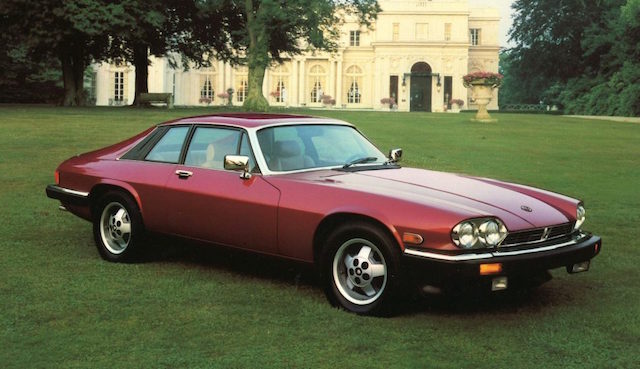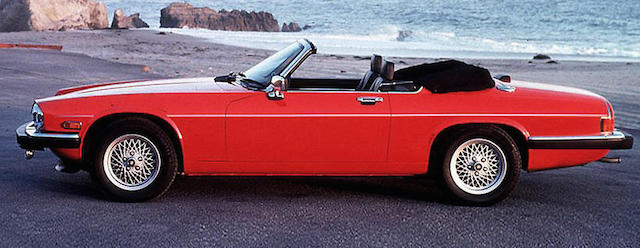
Is Jaguar going to launch a new XJS model? The badge last used on coupes and convertibles more than 20 years ago is among 29 trademark filings the company has just made in Britain.
Many of the registrations were to renew existing model names, but the others are either new or revived.
New to Jaguar are P-Type, T-Type, C-XE, CXF, CXJ, diXE, iXE, XEdi and XEi. It also filed the name Westminster, perhaps for its premium XJ saloon.
Analysts in the UK believe the C-XE, CXF and CXJ will be used for future concept cars, and diXE, iXE, XEdi and XEi for electric or diesel-electric variants of the entry-level XE.
Jaguar Land Rover has also filed to protect the nameplates Freestyle, Landmark, Landy, Range Rover Classic, Sawtooth and Stormer. But, like many trademark and patent filings from carmakers, most will go unused.
The XJS name was last used on the two-door variants in 1996. It was replaced by the XK8 badge.
The first XJS rolled off the production line in 1975, underpinned by a shortened version of the new XJ6 chassis.
It was designed to replace the ageing E-Type, but was obviously more a grand tourer than a svelte sports car. Ultimately, however, it outsold the E-Type.
Under the XJS bonnet was a 5.3-litre V12 engine mated either to a four-speed manual or three-speed automatic and good for 212kW/395Nm.
The V12 was the only engine available until 1983, when Jaguar launched a 3.6-litre six-cylinder unit. It came with either a five-speed manual or four-speed auto and delivered 174kW/380Nm.
The XJS only came as a coupe until the late 1980s, when the convertible appeared and reignited sales, to the point where the soft-top ultimately outsold the coupe two-to-one.
Engineers used a new sub-frame up front to make up for the loss of the coupe’s strengthening roof supports, although critics said the re-engineering did little to eliminate scuttle shake.
In the early 1990s, Jaguar replaced the 5.3-litre engine with a 6.0-litre V12 and stretched the 3.6-litre out to 4.0-litres. The V12 generated 233kW/485Nm and the new straight-six 175kW/382Nm.
When production ended after 21 years, Jaguar had sold around XJS 8800 coupes and 18,500 convertibles. The car was plagued by reliability and rust-rot problems but good examples these days are fetching serious money.
A highlight for the XJS was Tom Walkinshaw’s win in the Spa 24-Hour race in the 1980s. An XJS piloted by Win Percy finished second at Pukekohe in 1987, behind a VK Holden Commodore.

